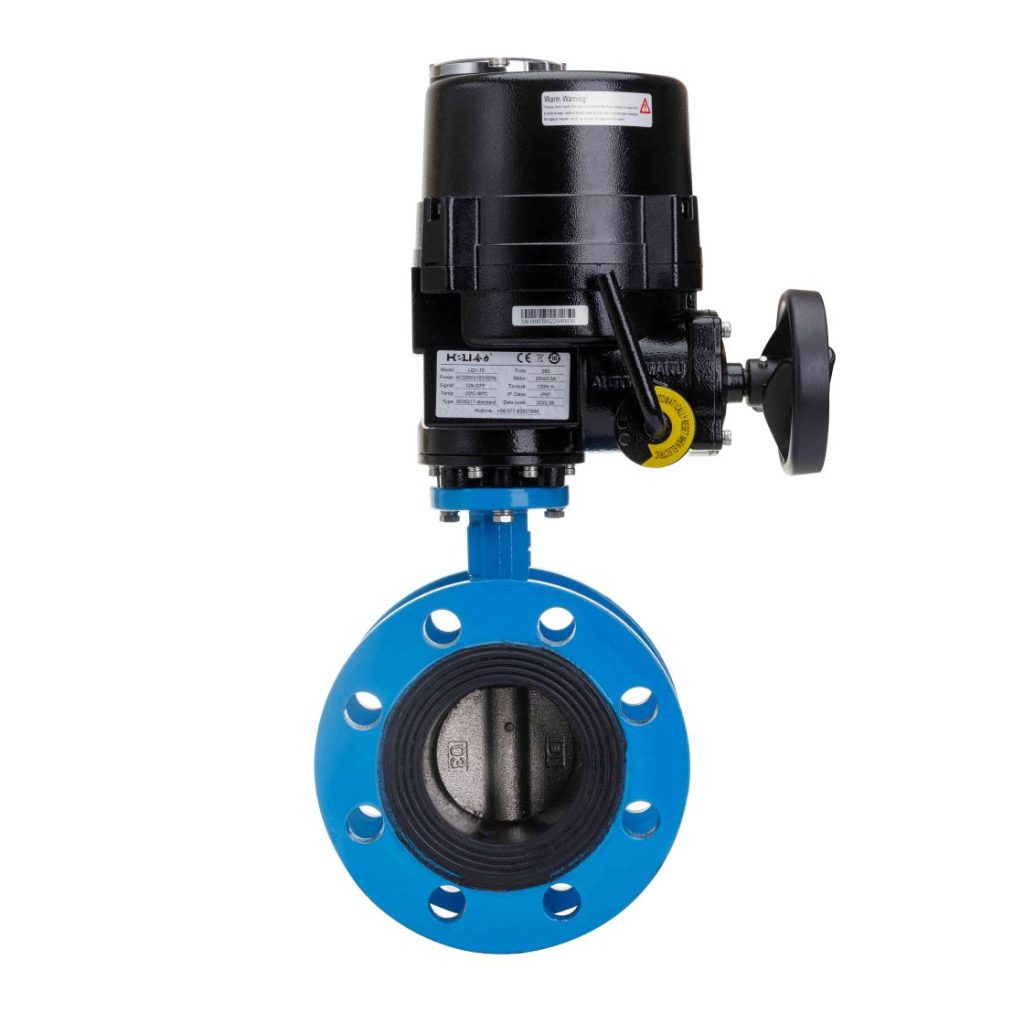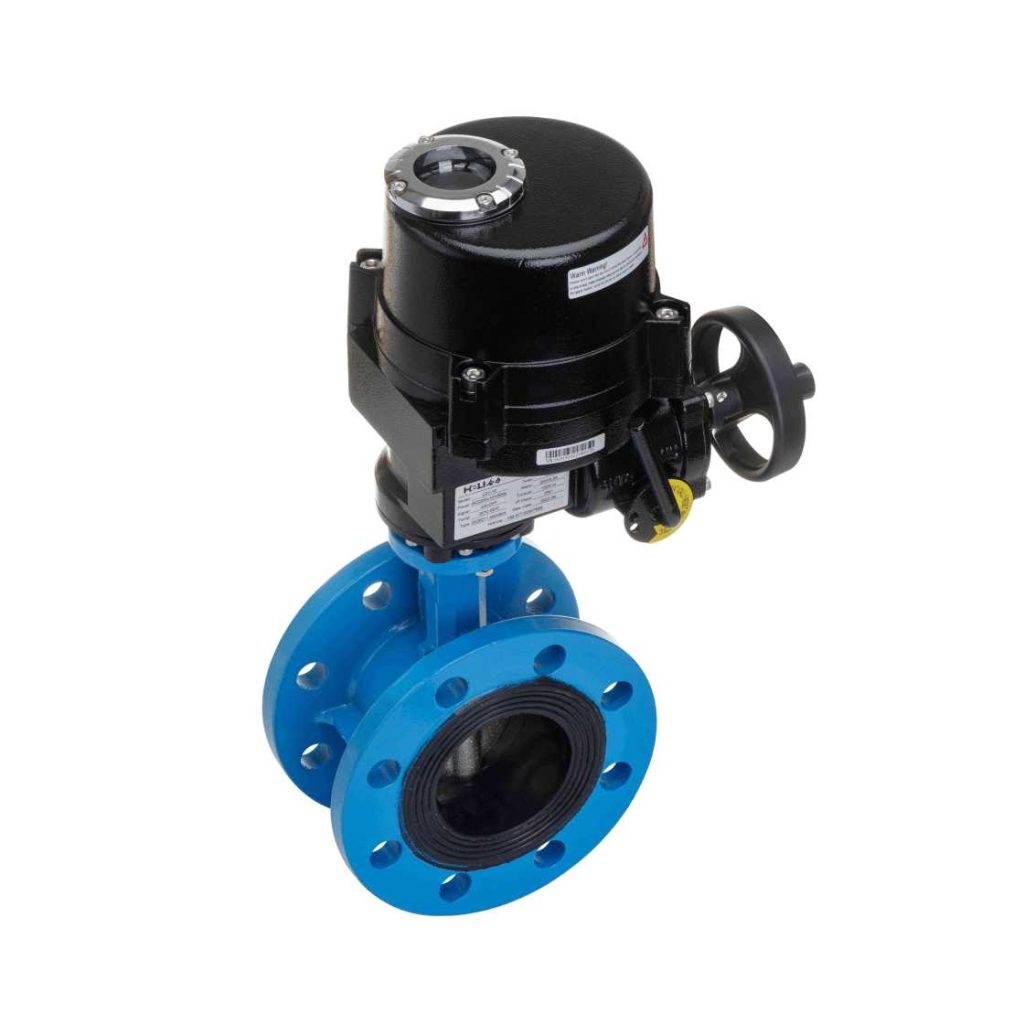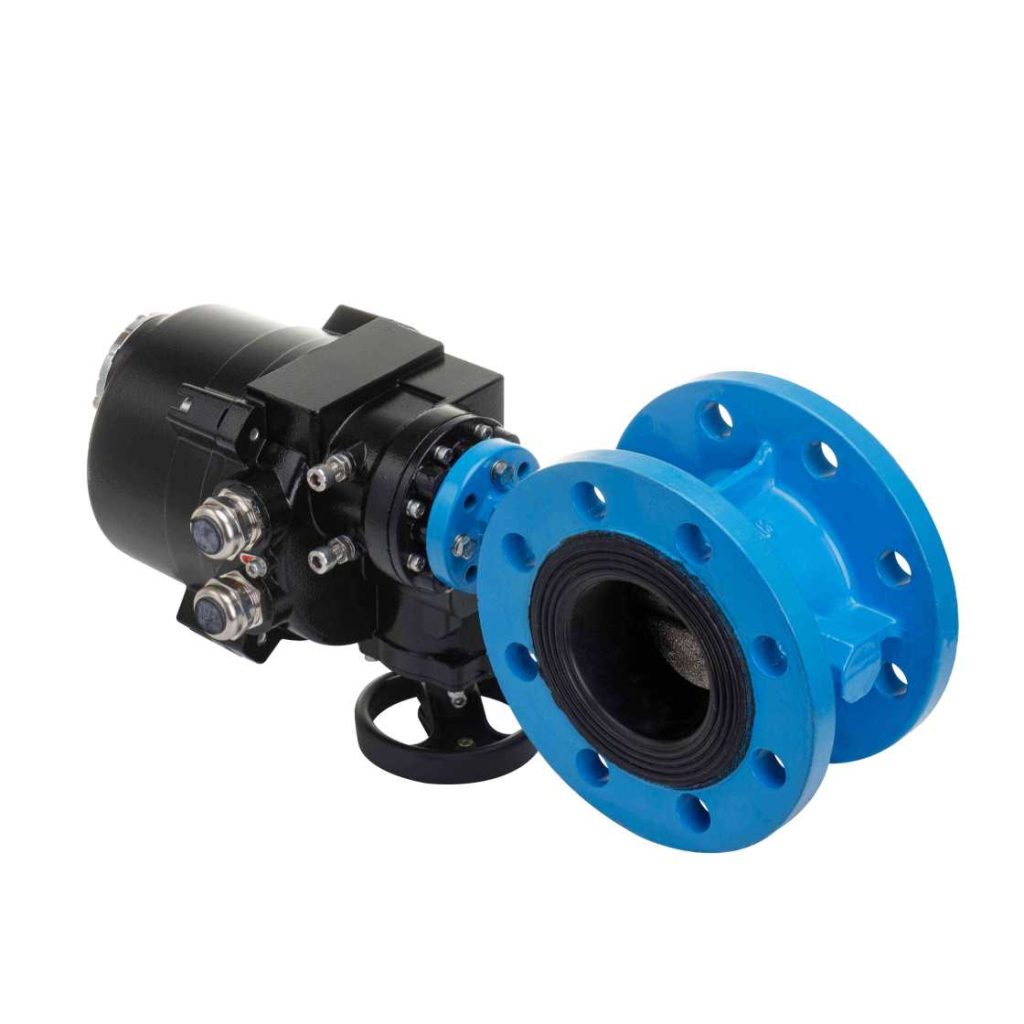An electric flanged butterfly valve is a critical component in various industrial applications, known for its reliability, efficiency, and versatility. As a type of quarter-turn valve, it is primarily used to regulate or isolate the flow of liquids and gases in piping systems. This article explores the key features, applications, and advantages of electric flanged butterfly valves, shedding light on why they are favored in industries like water treatment, oil and gas, and HVAC systems.

What is an Electric Flanged Butterfly Valve?

An electric flanged butterfly valve consists of a circular disc (the “butterfly”) mounted on a rotating shaft within a valve body. The flanged ends of the valve are designed to be easily bolted onto a pipe system. When the valve is operated, the disc rotates around its axis, either opening or closing the flow path. The electric actuator connected to the valve automates this process, allowing remote or automated control of the valve position, without the need for manual intervention. The combination of the flanged design and electric actuator offers distinct advantages over traditional manual or pneumatic valves, providing greater precision and control.
